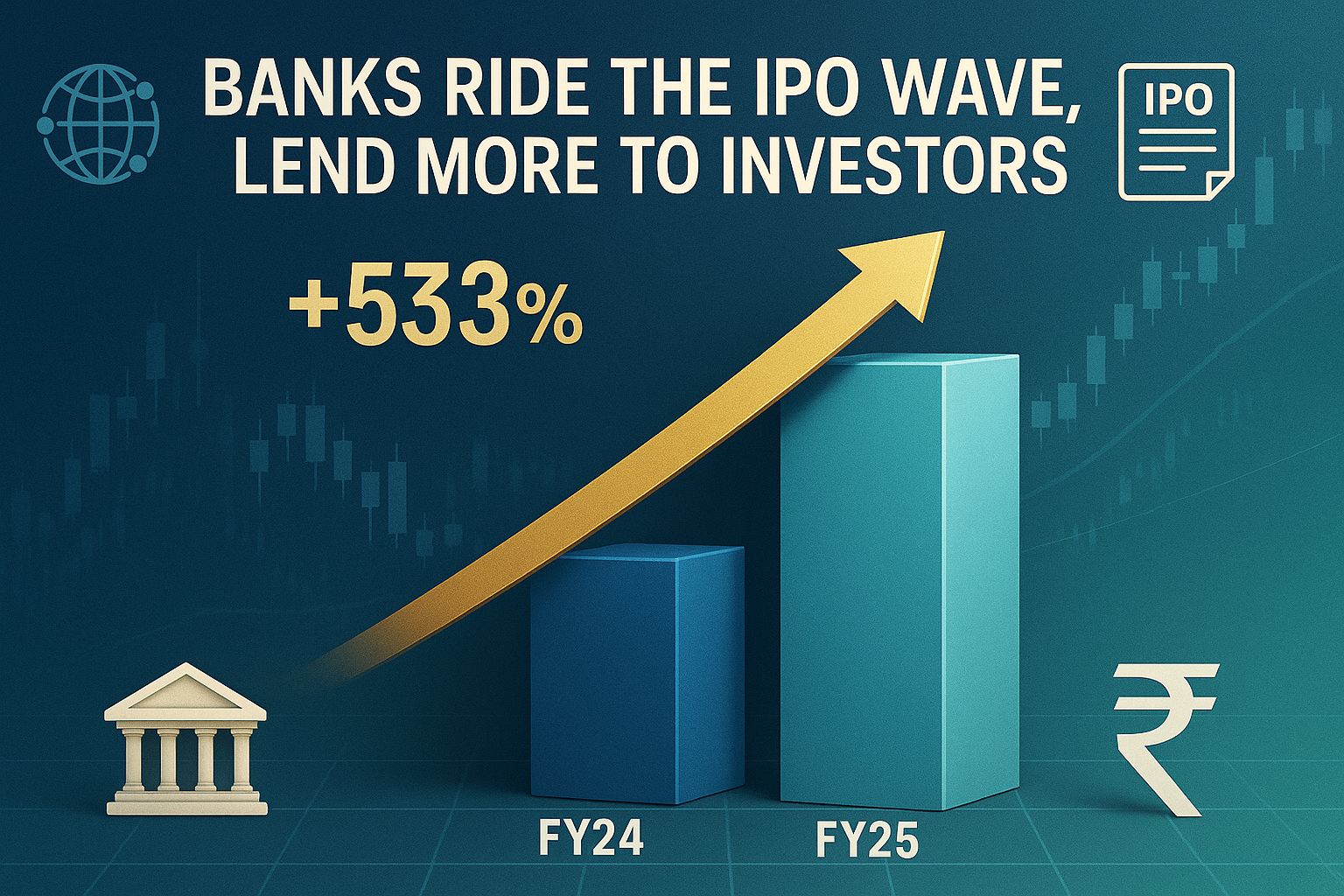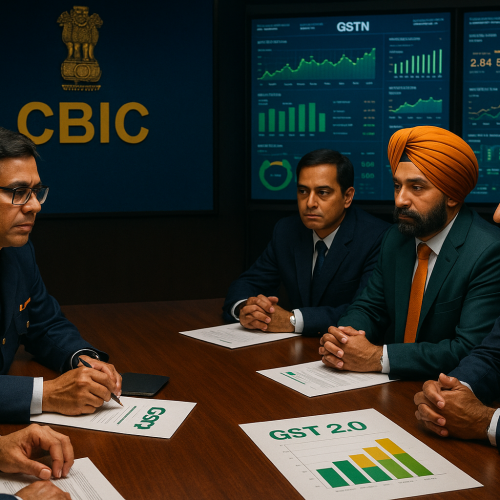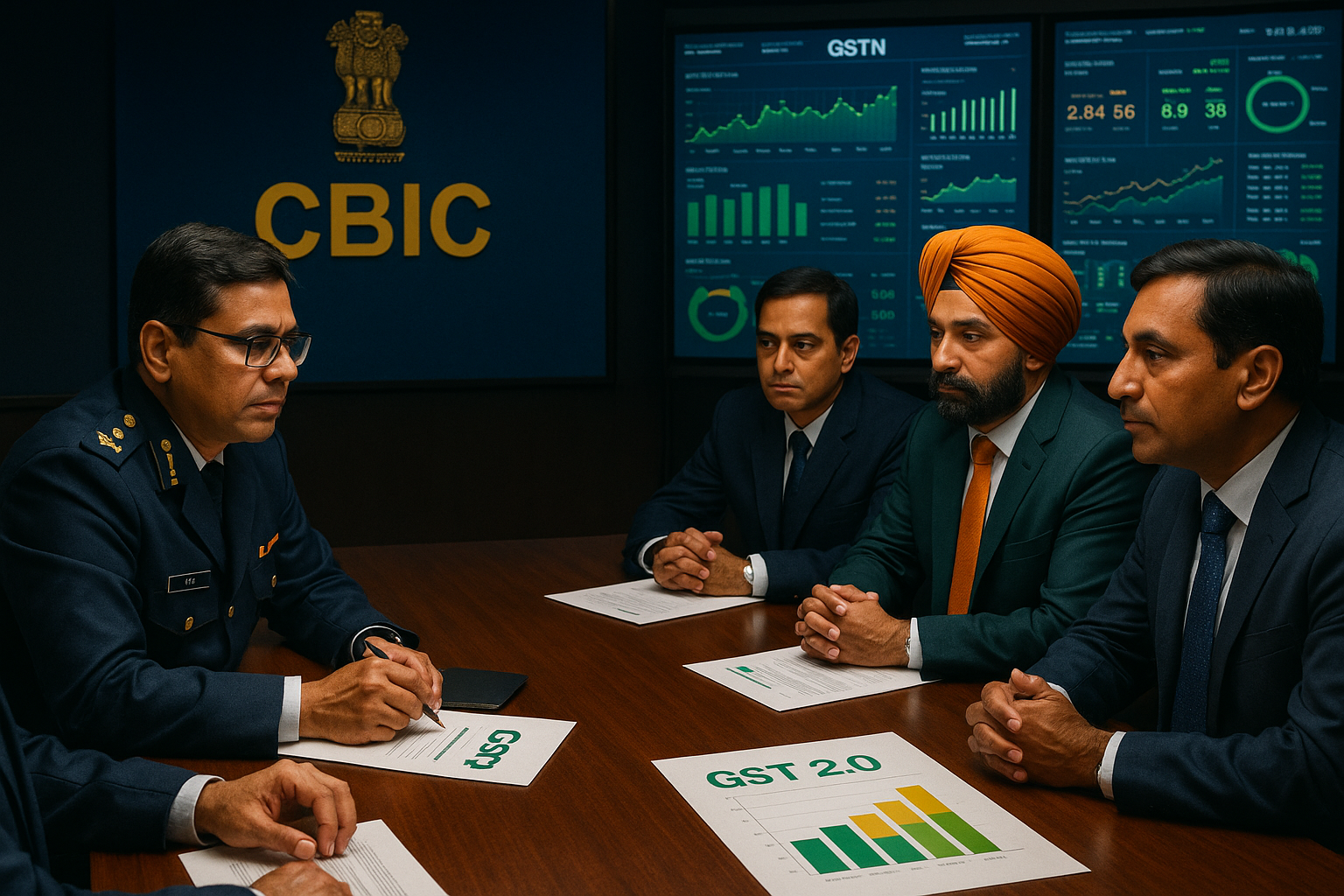Indian banks are riding the momentum of a record-breaking IPO year, extending more credit to investors eager to participate in public offerings. In FY 2024–25, IPO-linked lending grew by 53% over the previous year, with disbursals crossing ₹7,700 crore. HDFC Bank, State Bank of India, and Bank of India have emerged as key players in this segment.
The sharp growth in IPO financing reflects not just buoyant investor sentiment but also banks’ strategic use of short-duration, collateral-backed loans to capture new retail and HNI clients. While the Reserve Bank of India expects the primary market to remain strong, the trend also calls for careful monitoring of investor leverage and liquidity risks.
The Lending Surge
Banks collectively disbursed ₹7,748 crore in IPO-related loans in FY25, up sharply from the previous year. HDFC Bank dominated with a loan book of ₹5,029 crore, accounting for nearly two-thirds of the market. Bank of India followed with ₹1,167 crore, while SBI tripled its financing to ₹446 crore compared to the prior year.
In total, 16 banks, representing almost 90% of the banking system, actively participated in IPO lending. Their collective push coincided with an exceptional year in India’s primary markets, where 322 companies raised ₹1.9 lakh crore — nearly three times the funds mobilized in FY24.
Why IPO Financing is Attractive
Several factors explain why banks have leaned heavily into this space:
Retail demand for IPOs is rising: A growing base of first-time equity investors is looking to participate in high-profile listings.
Short tenure, low risk: IPO loans usually last 5–7 days and are backed by the shares applied for, making them relatively low-risk.
High-yield opportunity: With interest rates typically in the 9–10% range (annualized), these loans deliver healthy margins despite their short duration.
Customer acquisition: Banks view IPO financing as an effective way to build relationships with new retail and HNI clients, who may later adopt broader banking and investment products.
Market conditions: A buoyant IPO pipeline and strong listing performance created an environment where demand for leverage was inevitable.
How the Mechanism Works
IPO financing is a short-term credit product tailored for investors who want to increase their application size. The loan is extended for the subscription period, interest is charged only for the few days the funds are used, and the applied shares serve as collateral.
For banks, this means liquidity is locked up only briefly, while generating both interest income and potential fee-based revenue. For investors, it provides a cost-effective way to enhance allotment chances — although risks remain if allotments are small or if post-listing performance disappoints.
Broader Market Context
The surge in IPO loans cannot be seen in isolation. FY25 was India’s most successful IPO year to date, with technology firms, financial services players, and state-run enterprises all tapping the market. Retail participation rose sharply, accounting for a significant share of funds raised.
Globally, India has now positioned itself as the second-largest IPO market after the US, and domestic banks are playing a visible role in enabling this growth through financing products.
Risks and Regulatory Perspective
While the growth in IPO financing highlights banks’ ability to innovate and respond to demand, it also brings certain risks into focus:
Market volatility: A sudden correction in equity markets could reduce investor appetite, leaving banks exposed to concentrated short-term credit flows.
Over-leverage by retail investors: Easy access to financing may encourage speculative behavior, especially if allotments do not translate into expected listing gains.
Liquidity management: Although short in tenure, a sharp rise in IPO lending can temporarily strain liquidity at individual banks.
The Reserve Bank of India has acknowledged the supportive role of IPO lending but has also underlined the importance of maintaining prudent credit standards. Its annual report noted that while primary market resource mobilization should remain strong, short-run volatility cannot be ruled out.
What Lies Ahead
IPO financing is likely to remain an important line of business for banks as long as India’s capital markets remain vibrant. For lenders, it offers an efficient, profitable product that strengthens relationships with investors. For the broader economy, it channels liquidity into equity markets, deepening financial participation.
That said, balancing opportunity with discipline will be key. As competition intensifies and IPO pipelines continue to grow, both banks and regulators will need to ensure that this momentum contributes to sustainable market development rather than fueling speculative excess.












